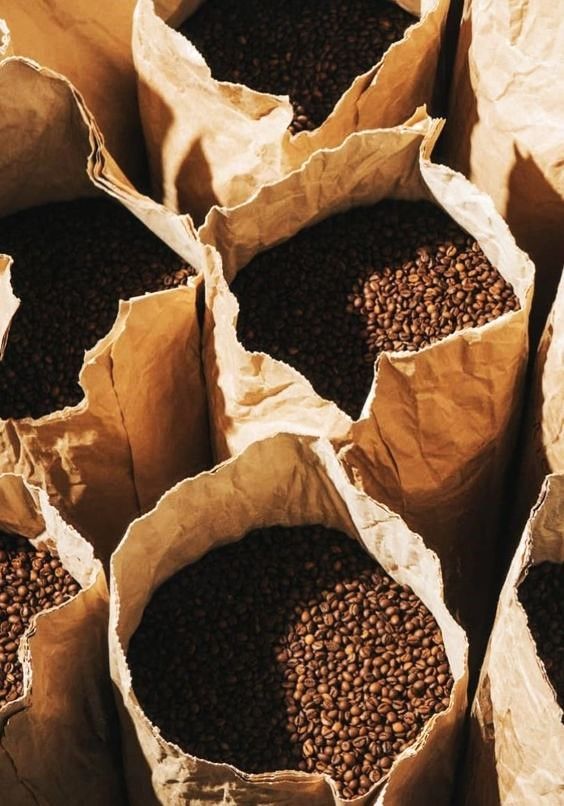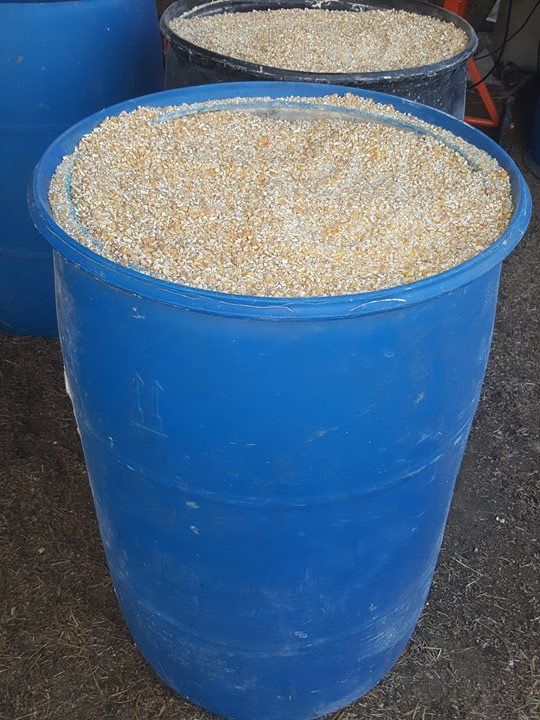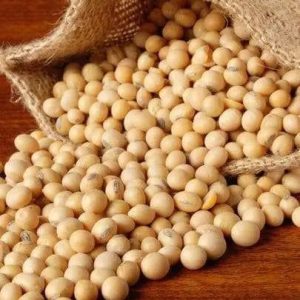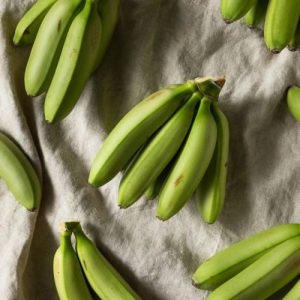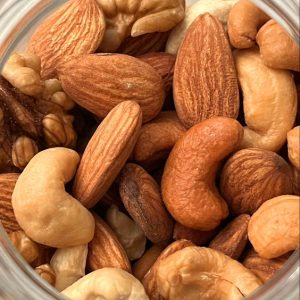White Maize
Description
Specification for White Maize
Product Name: White Maize (Corn)
Scientific Name: Zea mays
Origin: Varies (U.S., Mexico, South Africa, Zambia, etc.)
Physical & Chemical Characteristics:
- Moisture Content: Maximum 14.0%
- Protein Content: Minimum 7.0% – 9.5%
- Foreign Matter: Maximum 1.0%
- Broken Kernels: Maximum 4.0%
- Damaged Kernels: Maximum 3.0%
- Aflatoxin: Maximum 10 ppb (parts per billion)
- Fibre Content: Maximum 2.5% – 3.5%
- Test Weight: 68-72 kg/hl
- Color: White to light cream
- Odor: Clean, characteristic of maize, free from musty or sour odors.
- Admixture: Maximum 0.5%
Sieve Size:
- Kernel Size: 6.35 mm (1/4 inch) mesh sieve for grading.
Nutritional Content (per 100g):
- Calories: 365 kcal
- Carbohydrates: 73 g
- Protein: 9 g
- Fat: 4.7 g
- Fiber: 7.3 g
Use Cases:
- Human Consumption: White maize is a key ingredient in many staple foods such as flour, tortillas, and hominy. It is also popular in regions like Africa for preparing porridge and other local dishes.
- Animal Feed: White maize is often used in animal feed, though it is generally less common than yellow maize for this purpose.
Packaging:
- Typically available in:
- 25kg bags
- 50kg bags
- Bulk packaging (for large-scale buyers and industrial use)
Shelf Life:
- 12 months when stored in cool, dry, and pest-free conditions.
Key Applications:
- Human Consumption: Used in food production (cornmeal, flour, etc.).
- Animal Feed: Utilized in specific livestock feeds.
- Industrial Use: White maize is used in manufacturing starches, flours, and other maize-based products.
This detailed specification covers the major aspects of white maize. If you need further adjustments or specific criteria for your requirements, feel free to let me know

